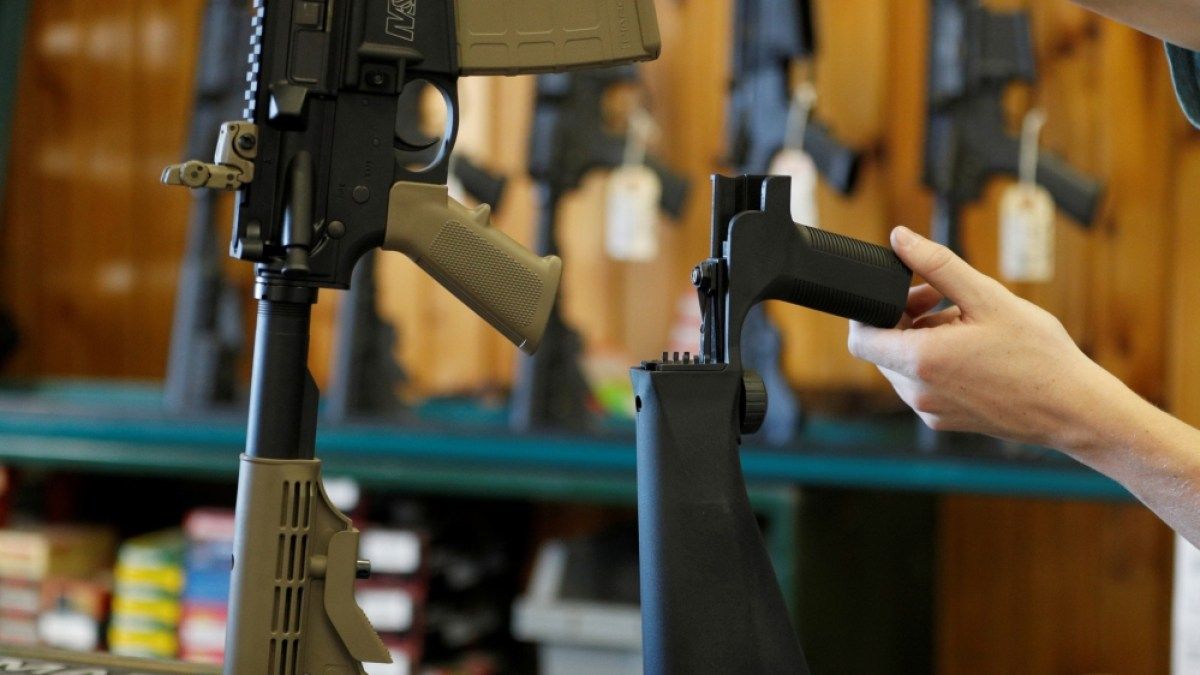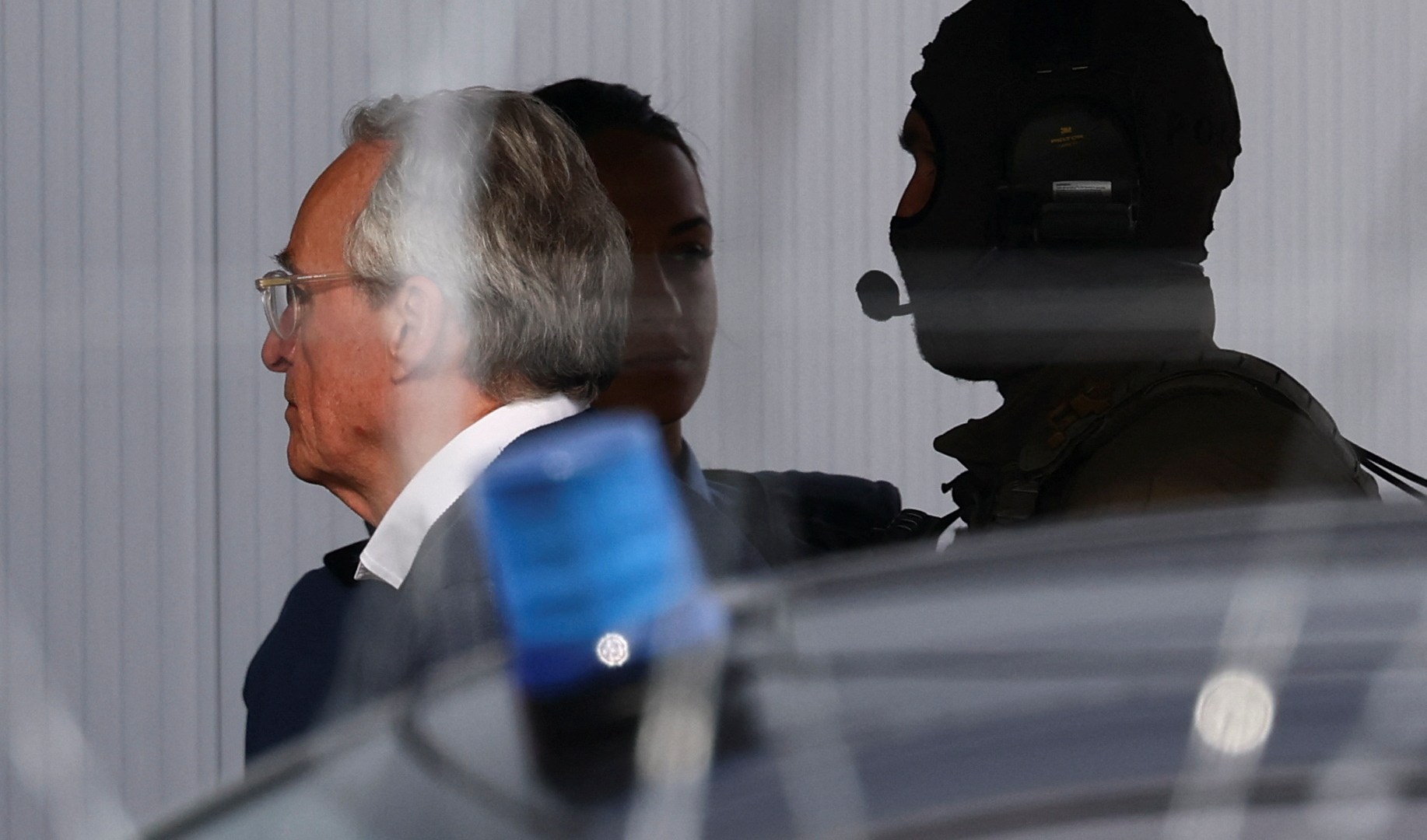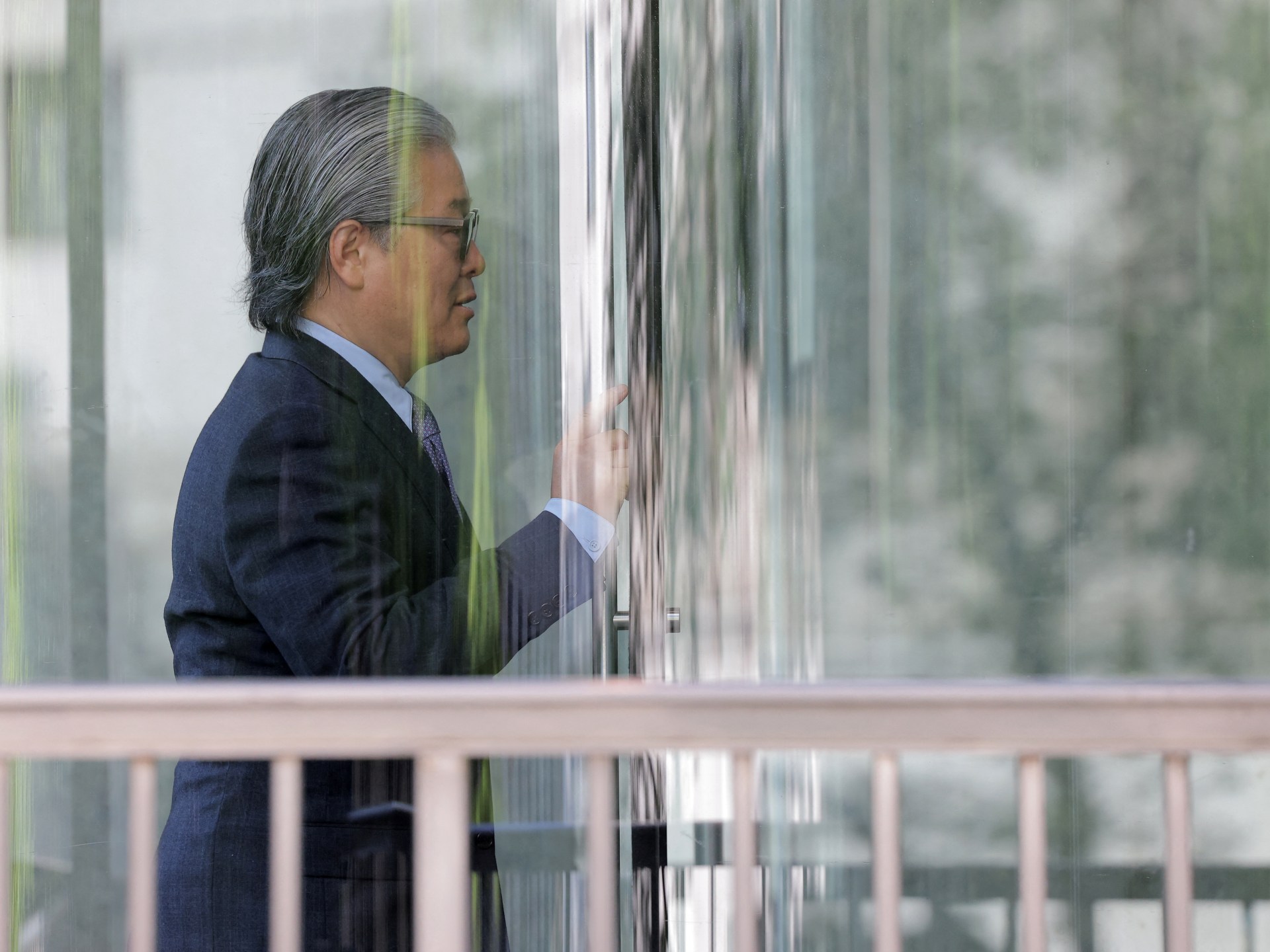The Supreme Court rules that the ban on devices that increase the rate of fire of semi-automatic weapons is illegal.
The U.S. Supreme Court ruled illegal a federal ban on “bump stock” devices that allow semi-automatic weapons to fire rapidly, rejecting another restriction on firearms.
In a six-to-three ruling Friday, the justices upheld a lower court's decision that sided with a gun store owner and gun rights advocate who challenged the ban on the grounds that a U.S. agency misinterpreted a federal law banning machine guns as if it extended to firearms. .
The conservative judges were in the majority and the liberal judges dissented.
The rule was imposed in 2019 by former President Donald Trump's administration after the devices were used during a 2017 mass shooting that killed 58 people at a Las Vegas country music festival.
President Joe Biden cited the 2017 incident and condemned the high court's decision.
“Today’s decision overturns an important gun safety regulation. “Americans should not have to live in fear of this massive devastation,” Biden said in a statement.
“We know that thoughts and prayers are not enough. I call on Congress to ban bump weapons, pass a ban on assault weapons, and take additional steps to save lives; Send me a bill and I will sign it immediately.”
For years, the United States has suffered from significant gun violence problems, including mass shootings. So far this year, the country has seen 251 mass shootings, according to the Gun Violence Archive website. Gun attacks killed 18,854 people in the United States last year.
Still, conservative Republicans often oppose government restrictions on access to firearms, arguing that gun ownership is a legal right enshrined in the Second Amendment of the United States Constitution.
Trump campaign spokeswoman Karoline Leavitt said after Friday's ruling: “The court has spoken and its decision should be respected.”
Leavitt called the former president, who will challenge Biden in the November presidential election, a “fierce defender” of gun rights.
The case centered on how the Bureau of Alcohol, Tobacco, Firearms and Explosives (ATF), an agency of the United States Department of Justice, interpreted a federal law that defined machine guns as weapons that can fire “automatically” more than a “one-shot” shot. trigger function.
“We hold that a semiautomatic rifle equipped with a stock is not a 'machine gun' because it cannot fire more than one shot 'with a single pull of the trigger,'” Supreme Court Justice Clarence Thomas wrote.
“And even if I could, I wouldn't do it 'automatically.' Therefore, the ATF exceeded its legal authority by issuing a rule classifying stocks as machine guns.”
Federal law prohibits the sale or possession of machine guns, punishable by up to 10 years in prison.
The stocks use the recoil of a semi-automatic to allow it to slide back and forth while “impacting” the shooter's trigger finger, resulting in rapid fire. Federal officials said the rule was necessary to protect public safety in a nation facing persistent gun violence.












